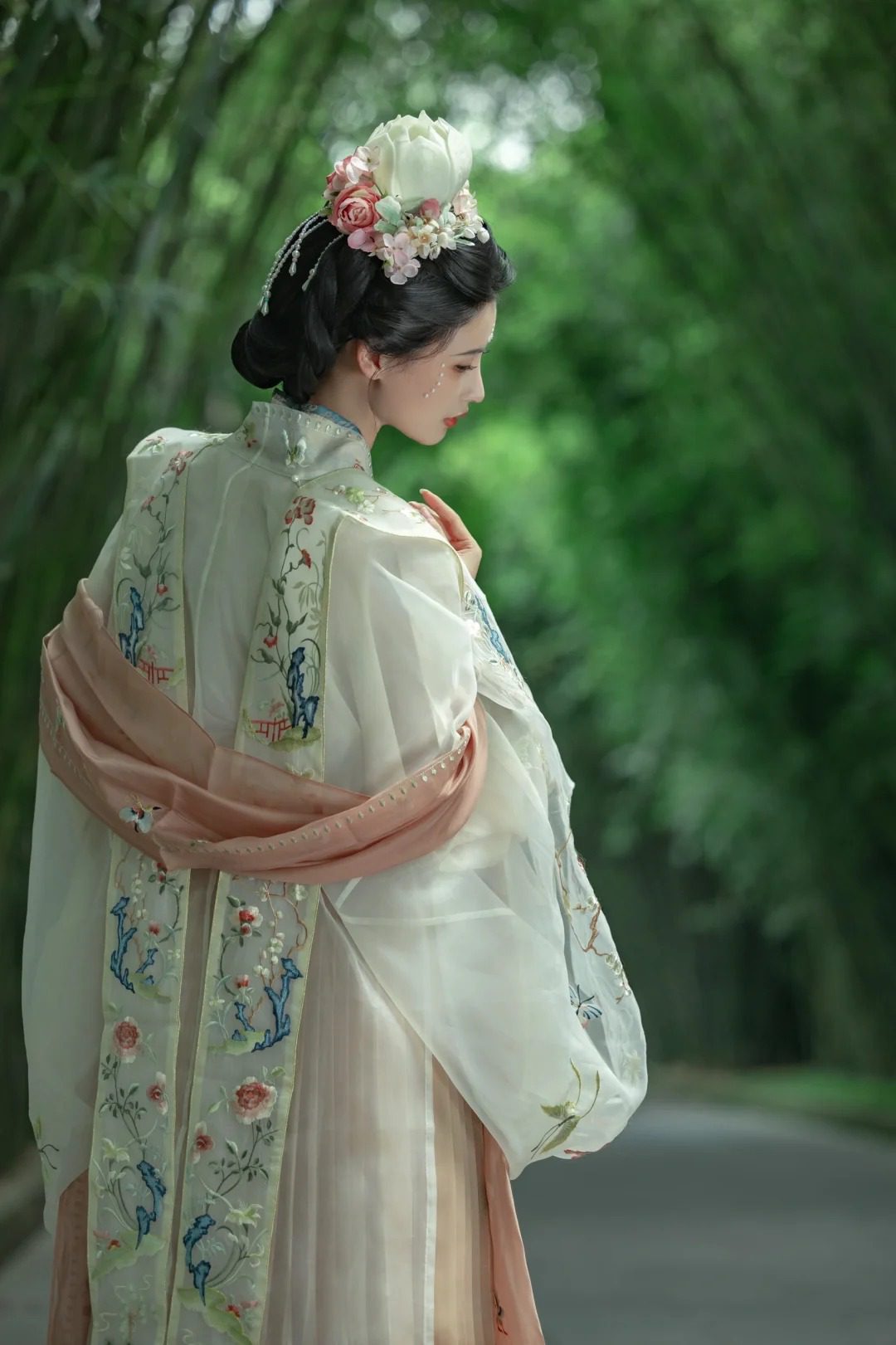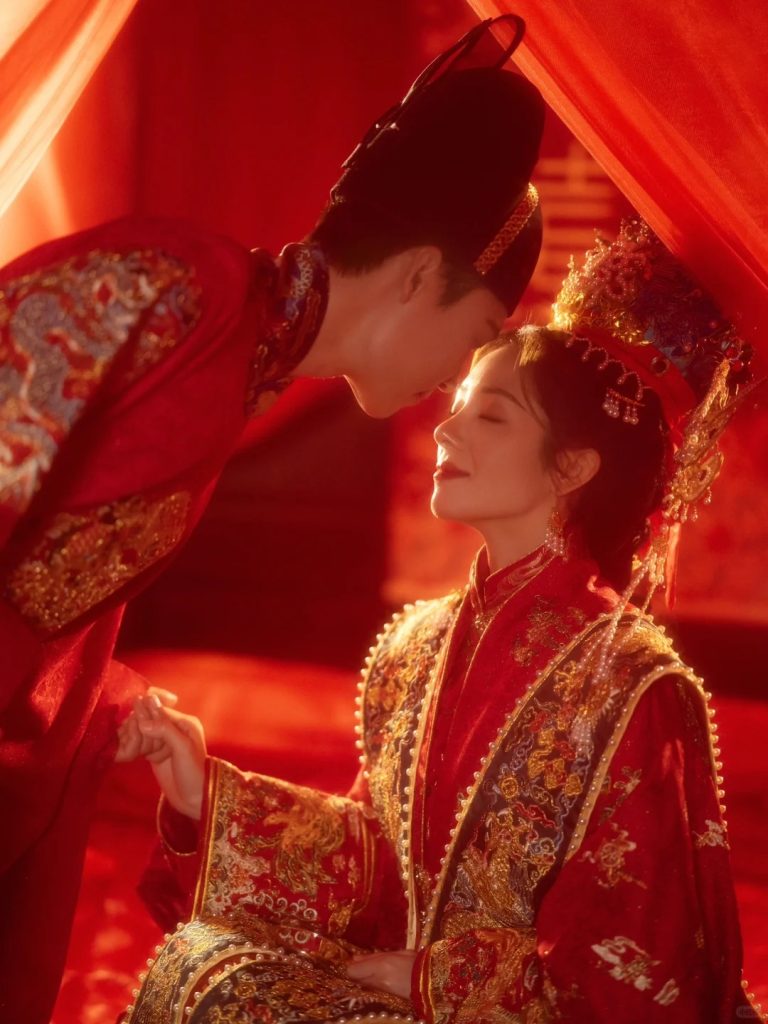Song Dynasty Fashion: The Truth About Pearl Makeup
_来自小红书网页版-1024x814.jpg)
Imagine walking into a royal party in 12th-century China. The most fashionable women there aren’t just wearing pearls—they’ve glued them directly onto their faces. This was the “pearl makeup” trend of the Song Dynasty, and it’s way cooler than it sounds. Let’s break down why this ancient beauty hack was revolutionary!
1. From Gold to Pearls: A Fashion Upgrade
Earlier dynasties loved sticking gold foil decorations on their faces (think shiny suns or moons). But Song Dynasty trendsetters thought: “Why use metal when we can wear glowing pearls?”
How it worked:
They used freshwater pearls (5-8mm wide) from Fujian, cut to fit facial curves.
Archaeologists found these pearls had tiny holes on the back—proof they were glued onto cheeks, temples, and foreheads.
Designs were symbolic: Pearls along the hairline mimicked “halos,” while cheek pearls looked like artistic teardrops.
At night, candlelight made the pearls shimmer like living jewelry. Talk about a glow-up!

2. The Science Behind the
Sparkle
This wasn’t just about looking pretty—it required serious innovation:
A. Pearl Farming Magic
Song fishermen discovered a wild trick: Put a tiny lead Buddha statue inside an oyster, and it would coat the statue with layers of pearl (like nature’s 3D printer!). This “nucleation” method predated modern pearl farming by 800 years.
B. Skin-Friendly Glue
They invented a natural adhesive from beeswax + tree resin (recipe found in ancient beauty manuals!). It held pearls securely but didn’t damage skin—ancient “face tape” at its finest.
C. Customizable Style
Women rearranged pearls for different events. Some even matched pearl layouts to star constellations during festivals. Imagine updating your makeup based on astrology—but in 1100 AD!
3. Why It Still Wows Us Today
Pearl makeup wasn’t just decorative—it was art meets tech:
Pre-Photoshop Filters: The pearls’ placement highlighted facial features, like contouring with gems.
Body as Canvas: It turned faces into 3D art displays, challenging traditional flat makeup.
Global Influence: Traders from Persia to Korea wrote about this “glowing face” trend. Some even tried (and failed) to copy it!

Song Dynasty pearl makeup was the ultimate flex: natural science, artistic skill, and cultural symbolism rolled into one. Next time you see pearls in a jewelry store, remember—centuries ago, badass women wore them on their faces to rewrite beauty rules.
Fun fact: Museums today use UV light to spot ancient glue residue on Song pearls—proof these looks lasted 1,000 years!





Responses